
As global travel demand continues to rebound and reshape post-pandemic aviation, a new group of airports has emerged as world-class performers, not necessarily the largest by volume, but among the most impressive in how they serve passengers.
In the 30 to 40 million passenger range, we find airports that balance scale with service excellence, combining growing international reach with efficient operations, modern facilities, and strong airline partnerships.
These mid-to-large hubs have distinguished themselves in 2025 by investing in passenger experience, sustainability, and seamless connectivity. From Tokyo Narita’s refined international terminal to Melbourne’s consistent service standards and Riyadh’s ambitious transformation plans, each of these airports represents a critical node in the global travel network.
Best Airports in the World: 30-40 Million Passengers
Let’s explore the ten best-performing airports in this category, where traveler satisfaction and strategic growth continue to drive recognition on the world stage.
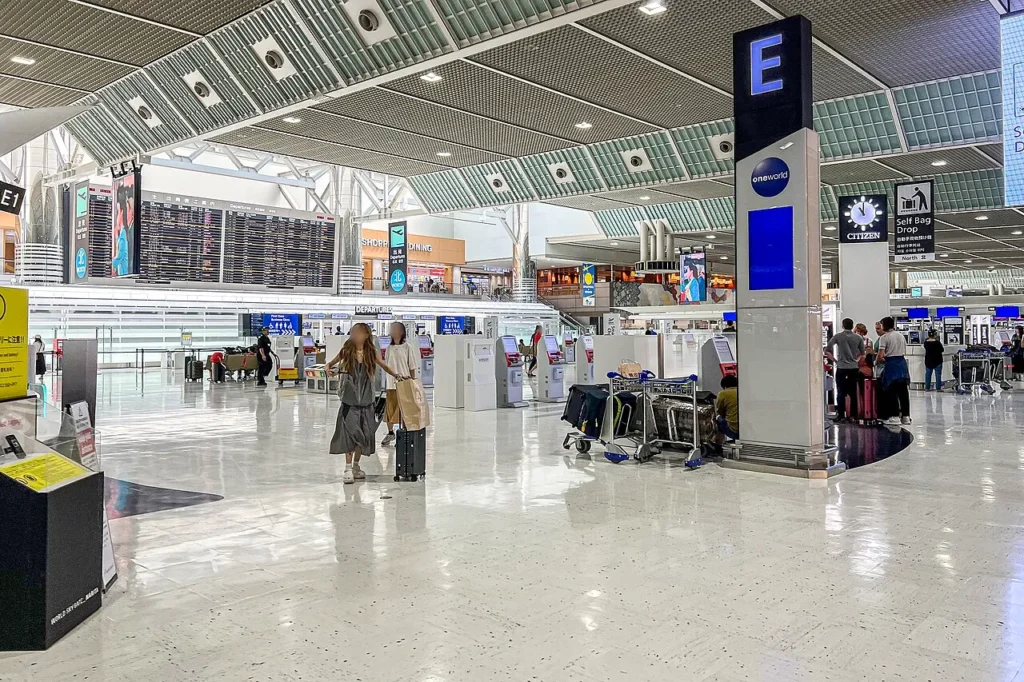 Narita International Airport; Photo- Wikipedia
Narita International Airport; Photo- Wikipedia1. Tokyo Narita International Airport (NRT)
In fiscal 2024 (ending March 31), Narita International Airport welcomed 40.8 million passengers, rising 16 % year-over-year and nearing pre-pandemic levels. International traffic led this growth, with foreign passenger numbers surpassing 20 million, a record for NRT.
Narita is home to major international airlines such as All Nippon Airways and Japan Airlines, along with a strong presence of Delta, United, British Airways, Lufthansa, and Air France. Low-cost carriers like Jetstar Japan and Scoot also operate, offering low-fare access to Asia-Pacific destinations.
What elevates Narita is its dedication to passenger comfort. Quiet lounges, clear wayfinding, ample amenities, and efficient customs clearance add up to a stress-free arrival. Moreover, the continued infrastructure investment, including runway expansion and passenger lifts, showcases why Narita ranks among the best, not just the busiest.
 Melbourne Airport Photo: Skytrax
Melbourne Airport Photo: Skytrax2. Melbourne Airport (MEL)
During the 2024 financial year (ending June), Melbourne Airport (MEL) served 35.1 million passengers, restoring pre-pandemic volumes and growing 14 % year-over-year. Domestic travelers formed about 68 %, with international travelers making up the rest.
MEL functions as a hub for Qantas, Virgin Australia, Jetstar, and Regional Express, and serves several international carriers such as Singapore Airlines, Emirates, Cathay Pacific, and Qatar Airways. These airlines combine to offer connectivity across Asia, the Middle East, and several worldwide destinations.
Moreover, it is popular for its amenities, from themed lounges to local gourmet eateries. The ongoing Naarm Way elevated road project will cut travel time to the terminals. Together with clean décor, efficient check-in, and art installations, these upgrades position MEL among the best airports in the 30–40 million category.
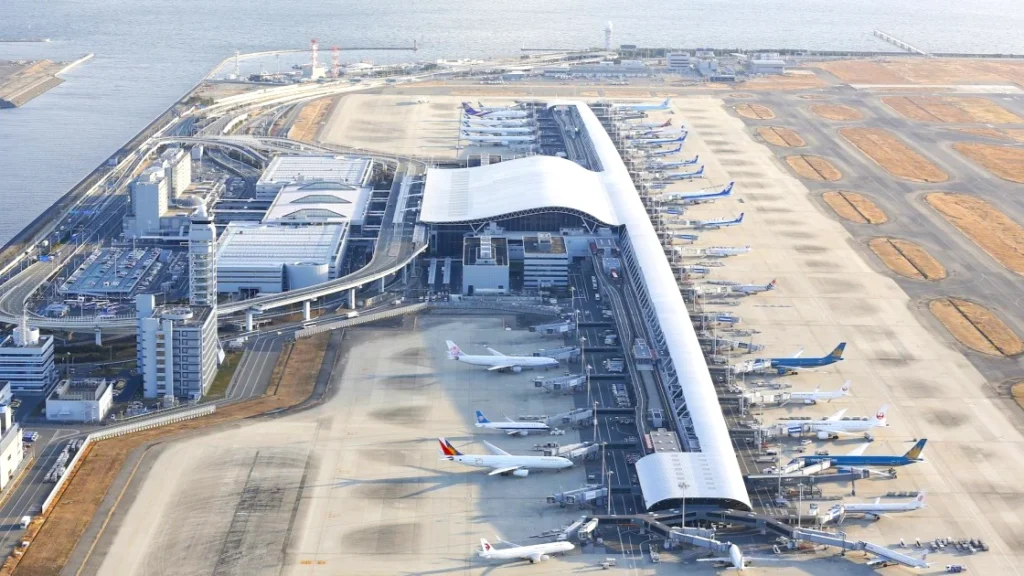 Photo: VINCI Concessions
Photo: VINCI Concessions3. Kansai International Airport (KIX)
Osaka’s Kansai International Airport serves as a crucial base for ANA, Japan Airlines, and Peach Aviation, Okinawa-bound charters and international carriers such as China Eastern, Cathay Pacific, and Qatar Airways. Its role as both a local and regional hub serves Kansai’s tourism and business markets.
Kansai’s open-air design and compact terminals, along with efficient robotics and well-marked bilingual signage, reduce stress and enhance passenger flow.
Known for its disaster resilience and customer service, KIX stands out for calm operations even under challenging conditions.
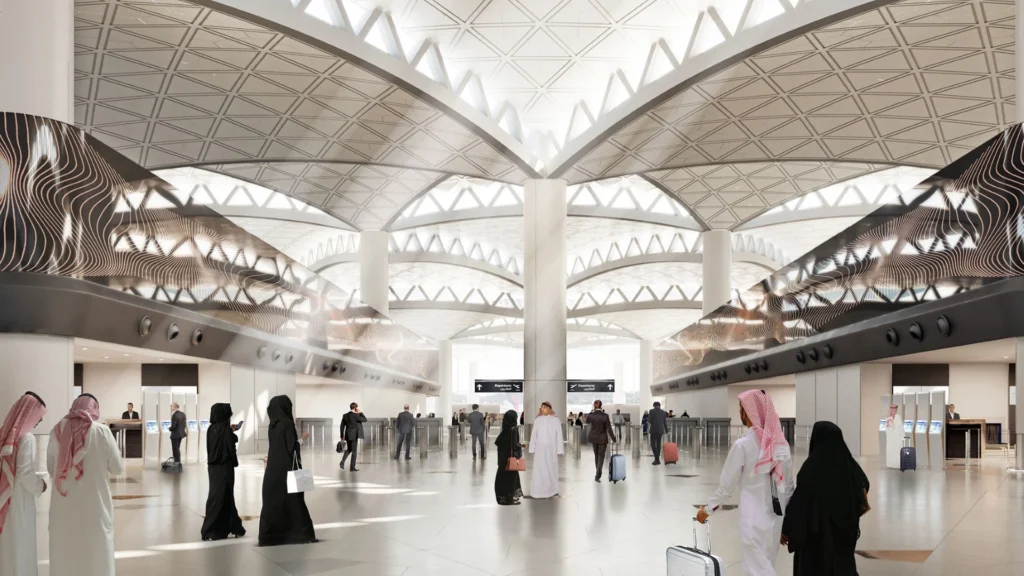 Riyadh Airport. Photo: Perkins and Will
Riyadh Airport. Photo: Perkins and Will4. King Khalid International Airport (RUH)
Riyadh’s King Khalid International Airport hit about 35 million passengers in 2024 as domestic and international travel surged amid major events.
Moreover, RUH serves as the central hub for Saudia, alongside Flynas, Emirates, and EgyptAir. Its growing connections to Asia, Africa, and Europe reflect Riyadh’s increasing business and tourism sway.
The airport is popular for its spacious terminals, advanced lounges, fast-track corridors, and digital wayfinding. New commercial spaces and art installations create an upscale experience that marks RUH as one of the best airports, not just the busiest.
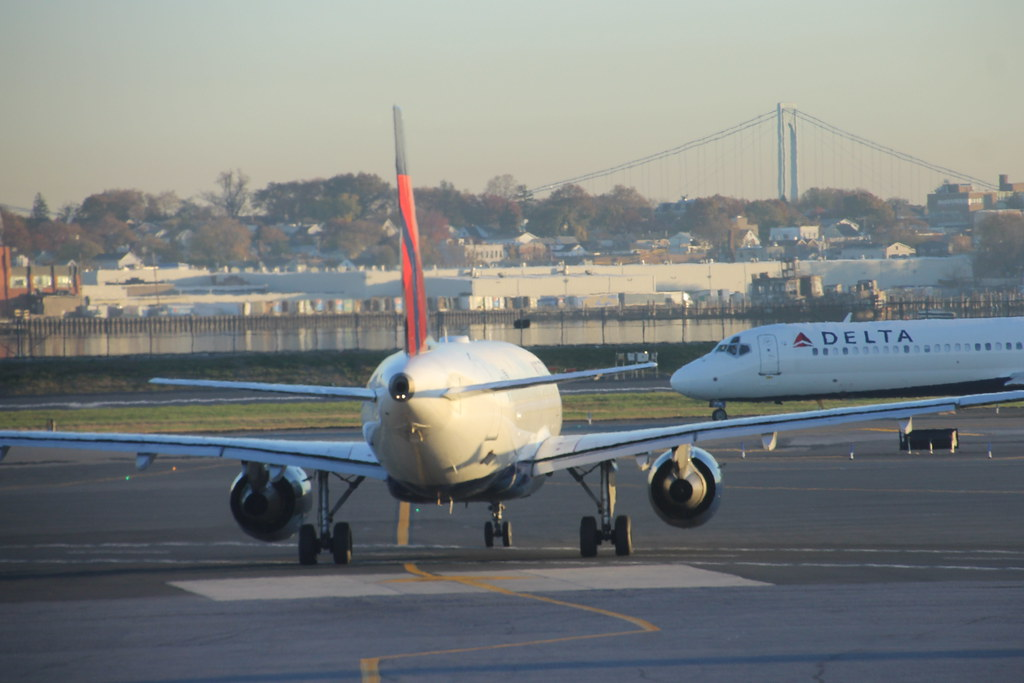 New York LaGuardia Airport. Photo: Corey Seeman
New York LaGuardia Airport. Photo: Corey Seeman 5. New York LaGuardia Airport (LGA)
In 2024, LaGuardia Airport handled nearly 33 million passengers, fully regaining its pre-pandemic traffic. Operations at LGA are dominated by Delta and American, each operating its own terminals.
Moreover, Southwest and JetBlue operate out of LGA. These carriers link to domestic destinations and some international routes to Canada and the Caribbean.
Once infamous for outdated terminals, LaGuardia now boasts modernized concourses with ample natural light, improved food offerings, and streamlined security. With commendable on-time stats and customer feedback, it ranks among the best in the 30–40 million segment.
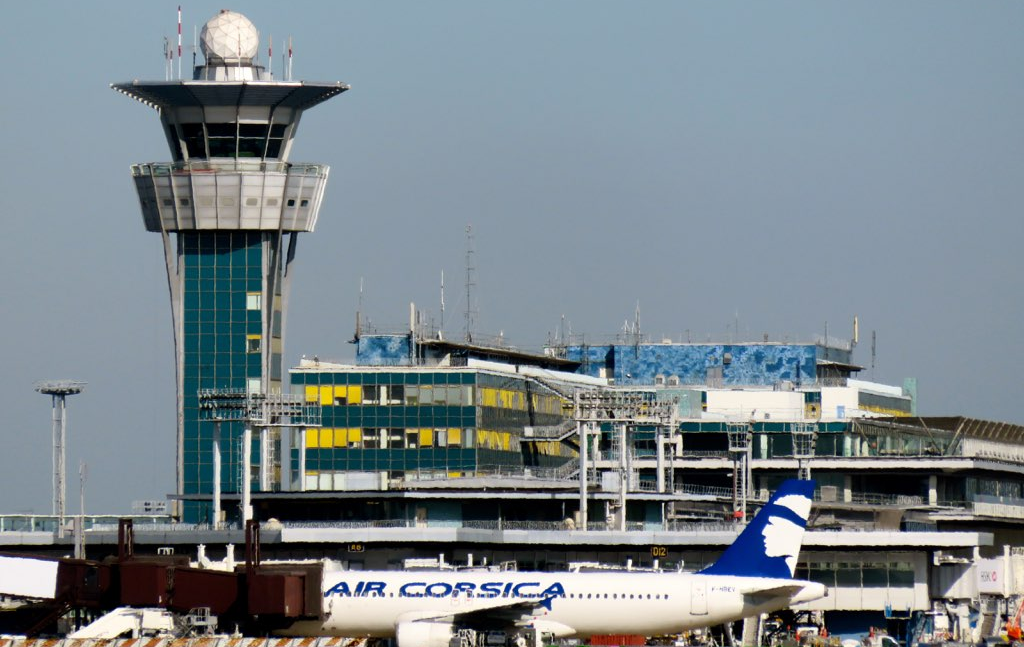 Paris Orly Airport; Photo: Arnaud Gaulupeau | Flickr
Paris Orly Airport; Photo: Arnaud Gaulupeau | Flickr6. Paris Orly Airport (ORY)
Orly, the secondary Paris airport, saw passenger volumes rebound to the 30–35 million range in 2024.
Hosting Air France and Transavia, in addition to other carriers including Vueling, easyJet, Royal Air Maroc, and Tunisair, Orly effectively handles Mediterranean, European, and North African travel.
With its recent terminal upgrades, Orly provides smoother check-ins, clearer navigation, and redesigned waiting lounges. Family-friendly zones and local cuisine kiosks give Orly a distinct French charm appreciated by visitors.
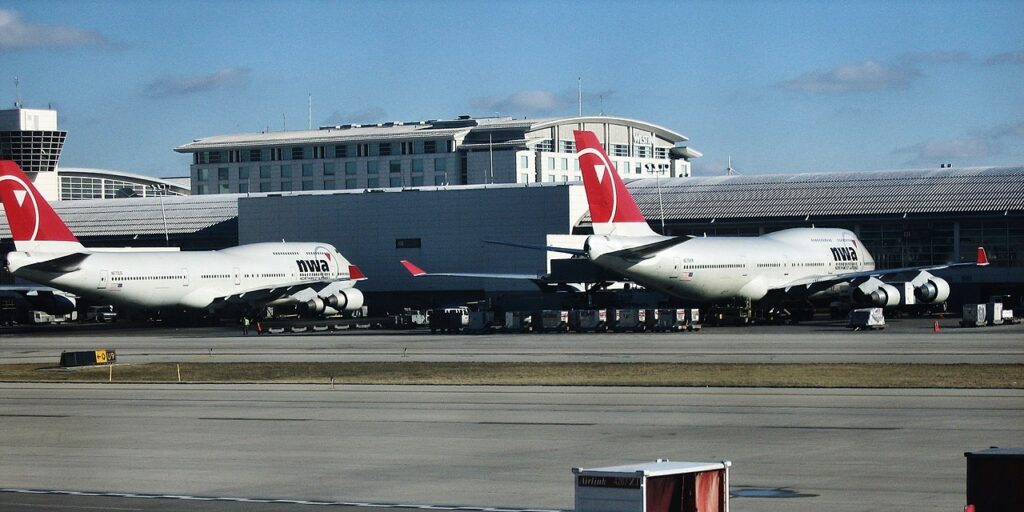 Photo: By qwesy qwesy, CC BY 3.0, https://commons.wikimedia.org/w/index.php?curid=58940456
Photo: By qwesy qwesy, CC BY 3.0, https://commons.wikimedia.org/w/index.php?curid=589404567. Detroit Metropolitan Airport (DTW)
Detroit Metropolitan Airport (DTW) welcomed approximately 34 million passengers in 2024, nearly regaining its pre-pandemic traffic.
Delta dominates at DTW, with significant operations by American, Spirit, and Air Canada. International wing includes KLM, Lufthansa, and Virgin Atlantic, ensuring connections to Europe and Canada.
Known for efficient terminals, on-site hotels, and robust lounges, DTW offers smooth transfers across two terminals via the Sky Bridge or shuttle. High punctuality, effective queuing, and clean common areas place it among the best of its scale.
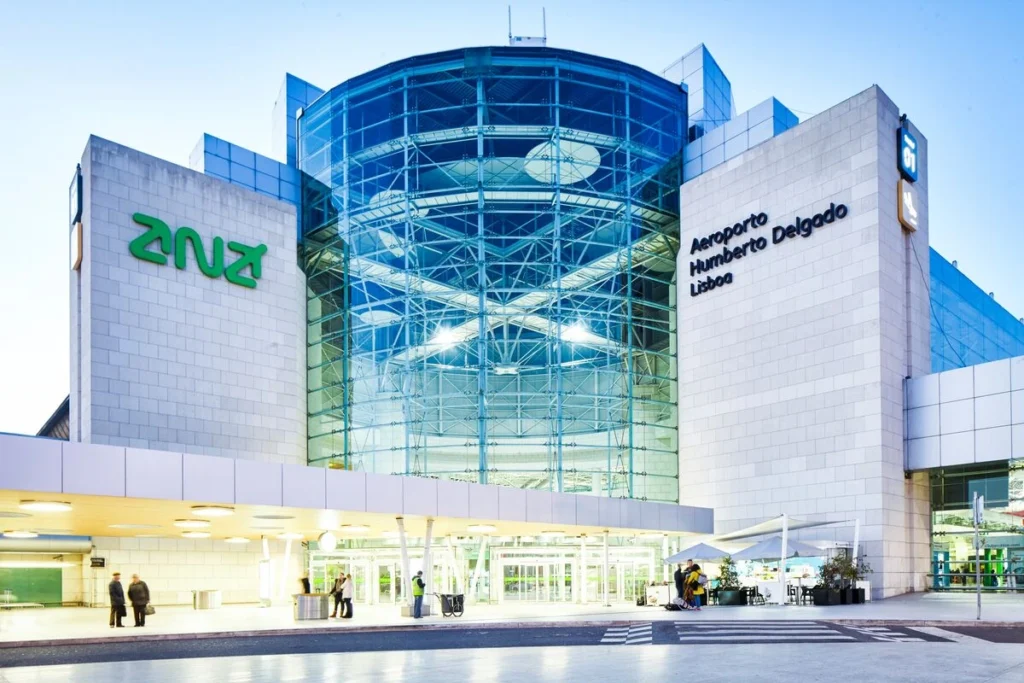 Photo: VINCI Airports
Photo: VINCI Airports8. Lisbon Portela Airport (LIS)
Lisbon Airport handled around 32 million passengers in 2024, overtaking pre-pandemic levels amid booming tourism.
LIS serves as the main hub for TAP Air Portugal, supplemented by carriers ike Ryanair, easyJet, Norwegian, and transatlantic partners United, Delta, and American. Its role has grown as a connecting point for Europe, Africa/Latin America travel.
Moreover, terminal expansions focused on improving touchdown zones, moving walkways, and art displays. Public transport links via train and metro further elevate the airport’s service quality, helping it join the best in its category.
 Sofitel Athens Airport; Photo- Designer Travel
Sofitel Athens Airport; Photo- Designer Travel9. Athens Airport (ATH)
Athens International Airport “Eleftherios Venizelos” served about 33 million passengers in 2024, driven by tourism and domestic demand.
ATH serves as the hub for Aegean Airlines and Olympic Air, with international services by carriers like Ryanair, easyJet, Air France, Lufthansa, Emirates, and Qatar Airways. Aegean’s European network anchors regional connectivity.
With lounges overlooking the runway and cafes serving Greek cuisine, terminals remain manageable and user-friendly. Terminal renovations and added shuttle rail have elevated comfort and access, making ATH one of the best in its peer group.
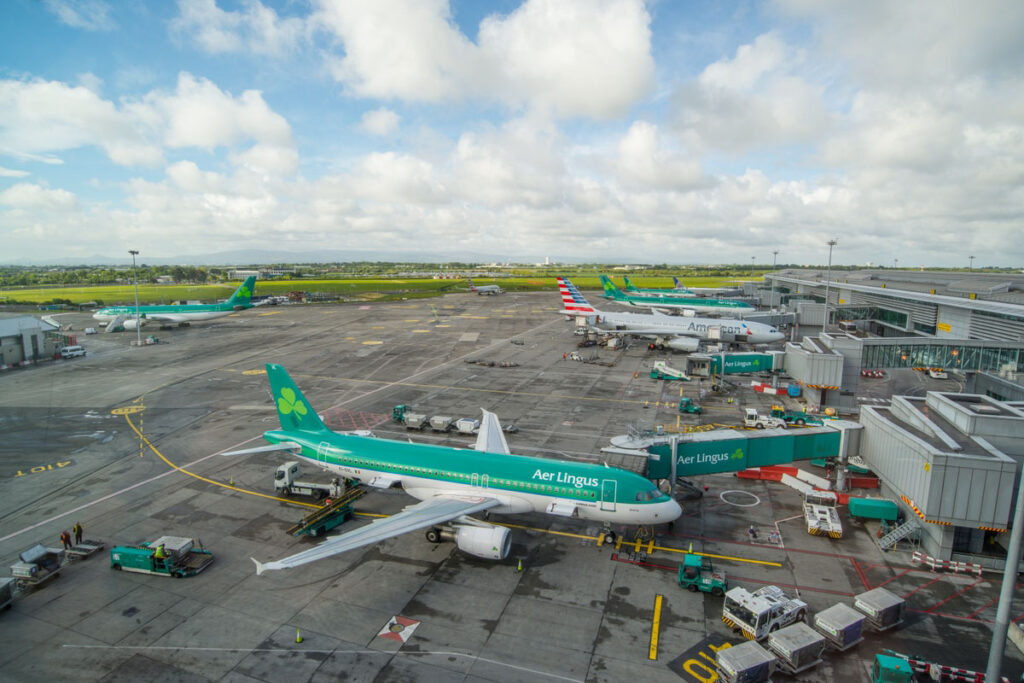 Aer Lingus & American Airlines Group in Dublin airport, 20/05/2017. Aeroin.net
Aer Lingus & American Airlines Group in Dublin airport, 20/05/2017. Aeroin.net10. Dublin Airport (DUB)
In 2024, Dublin Airport handled roughly 33 million passengers, matching strong pre-pandemic growth as tourism boomed.
Dublin serves as the base for Aer Lingus and Ryanair, along with regular operations from British Airways, Lufthansa, Air France, and United, which link Ireland to Europe and North America.
DUB has improved wayfinding, security wait times, and terminal cleanliness. The addition of new lounges, food courts, and free Wi‑Fi, as well as the upcoming metro extension, supports its inclusion among the best airports in the 30–40 million band.
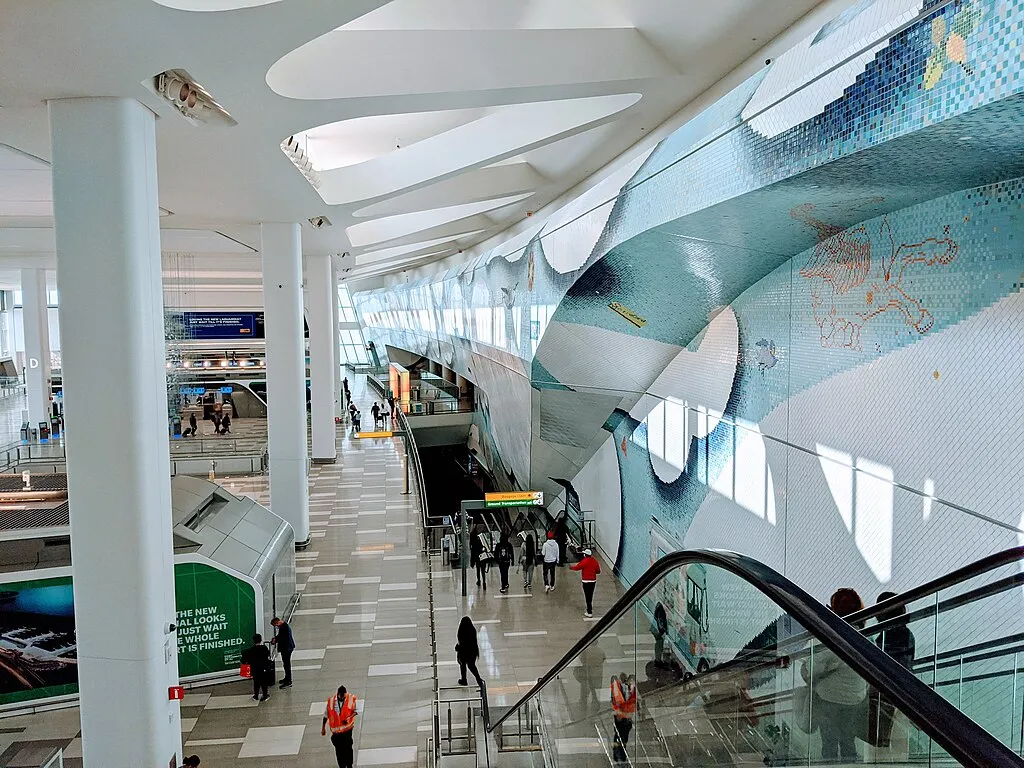 LaGuardia Airport; Photo- Wikipedia
LaGuardia Airport; Photo- WikipediaBottom Line
Each of these ten airports unites strong airline partnerships, modern infrastructure, efficient passenger flows, and regional flair. In 2025, excellence isn’t defined by sheer size; it’s about how well airports enhance journey quality.
Moreover, these hubs demonstrate that with savvy management, investment, and design, airports handling 30–40 million passengers can compete with the very best.
Best Airports 30-40 Million Passengers FAQs
These airports strike a unique balance: they’re big enough to offer global connectivity and world-class amenities, but small enough to avoid the chaos and delays that plague mega-hubs. They often outperform larger airports when it comes to efficiency, service quality, and passenger satisfaction.
The list is based on a mix of data points as shared by Skytrax passenger traffic data, airline partnerships, terminal upgrades, on-time performance, and user experience—think ease of navigation, cleanliness, amenities, and accessibility. Sustainability initiatives and future growth plans also played a role.
Stay tuned with us. Further, follow us on social media for the latest updates.
Join us on Telegram Group for the Latest Aviation Updates. Subsequently, follow us on Google News.
Top 10 Best Airports in the World in 2025: 70+ Million Passengers
The post Top 10 Best Airports in the World in 2025: 30 to 40 Million Passengers appeared first on Aviation A2Z.





![Epstein's shadow over the White House. Will this case sink Trump? [COMMENTARY]](https://images.iberion.media/images/origin/Epstein_z_Trumpem_7d352c780d.jpg)











